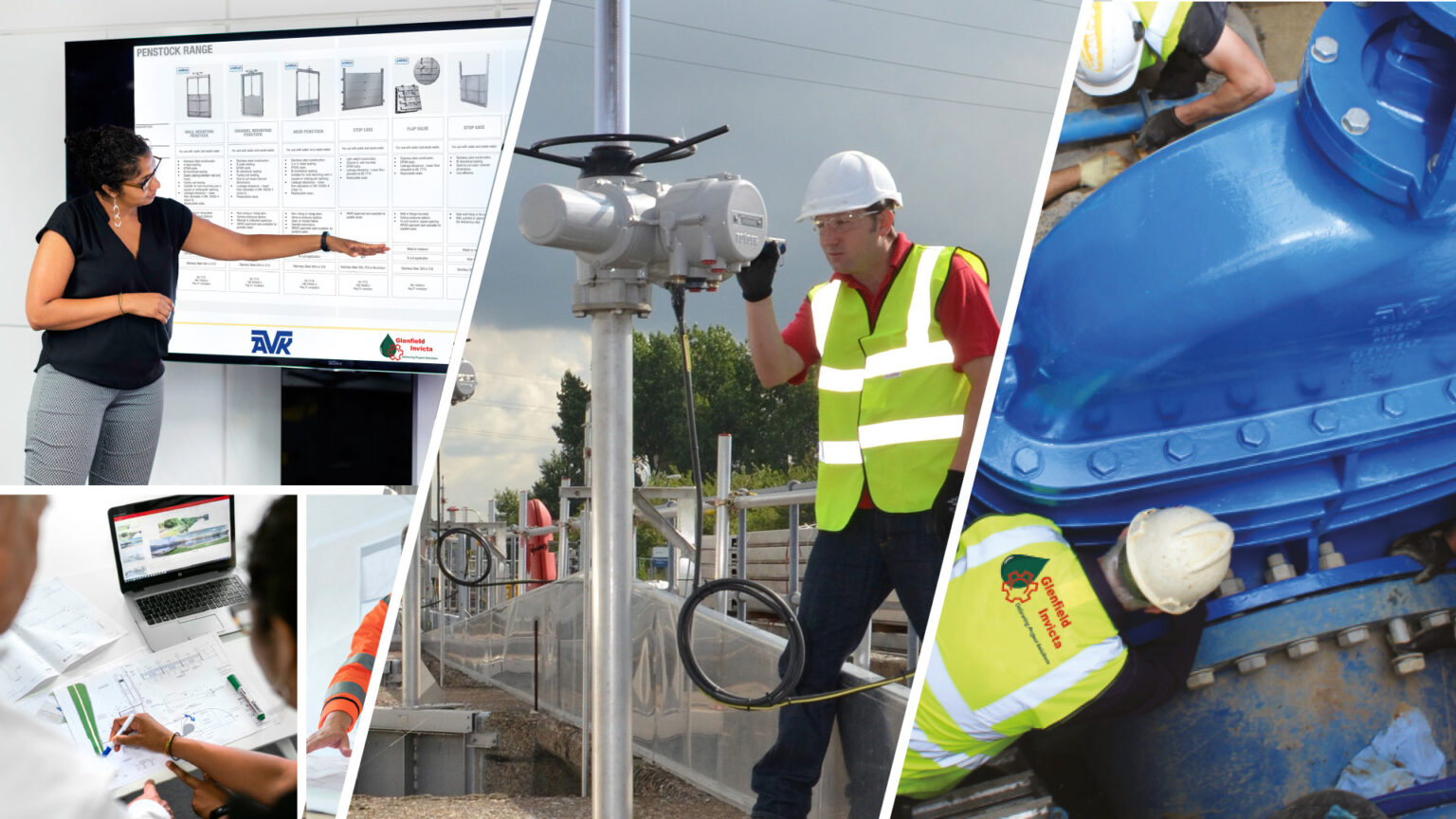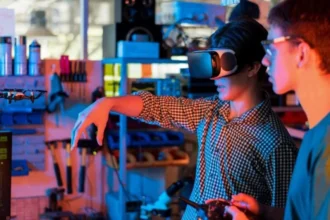Engineering and workers’ compensation may seem like separate fields, but when these two areas overlap, the impact can be profound. High-quality engineering practices are essential for creating safe workplaces, and understanding workers’ compensation ensures that injured employees are protected. This comprehensive overview delves into the connection between engineering excellence and workers’ compensation, highlighting how expertise in both fields leads to safer work environments and improved employee well-being.
The Role of Engineering in Workplace Safety
Engineering excellence is the foundation of any safe and efficient work environment. Engineers design buildings, infrastructure, and systems that promote safety, reduce accidents, and increase productivity. Through their oversight and management of building projects, they ensure that every aspect of construction adheres to safety standards and is executed efficiently, minimizing risks and enhancing the overall work environment.
How Engineering Design Minimizes Workplace Hazards
One of the core responsibilities of engineers is to design with safety in mind. Whether it’s designing structural elements, electrical systems, or machinery, engineers incorporate safety measures that help reduce workplace hazards. For example, a well-designed ventilation system in a manufacturing plant can prevent exposure to harmful fumes. Similarly, ergonomically designed workspaces can reduce the risk of repetitive strain injuries for office workers.
Fun Fact: Did you know that engineers often work with safety experts and occupational health professionals to ensure that designs meet strict safety codes and regulations?
Workers’ Compensation: Protecting Employees and Employers
Workers’ compensation is a vital system that ensures employees injured on the job receive financial compensation for medical expenses and lost wages. It also protects employers from lawsuits, fostering a more cooperative environment where both parties prioritize safety.
Understanding Workers’ Compensation Laws
Workers’ compensation laws can vary by state, but they all share a common goal: to provide support for injured workers. The system is designed to offer financial compensation without the need for litigation. Instead of suing their employer, workers can file a workers’ compensation claim to cover medical expenses and time off work.
Important Tip: Employers should ensure they are fully compliant with local workers’ compensation laws to avoid penalties and to foster a safer, more supportive workplace culture.
The Link Between Engineering Excellence and Workers’ Compensation
The link between these two fields becomes clear when we consider how proper engineering practices can prevent injuries in the workplace. By focusing on safe design and construction practices, engineers help reduce the likelihood of accidents that could lead to workers’ compensation claims. This focus not only safeguards the physical well-being of employees but also serves to protect employee rights, ensuring that all workers operate in a safe and just environment that respects and upholds their entitlements under workers’ compensation laws.
How Engineering Innovations Reduce Workplace Accidents
Engineers are continually developing innovative ways to improve workplace safety. From automated safety systems to smart sensors that monitor working conditions in real-time, these advancements help reduce the risk of accidents and create safer working environments.
Example: In construction, engineers are now incorporating smart helmets with built-in sensors that can detect heat stress and warn workers before they are at risk of heatstroke, thus preventing a potentially serious injury.
Fun Fact: Automated safety systems, like emergency stop buttons on machines, are a result of engineering ingenuity. These systems can immediately halt operations to prevent injury, saving countless lives and reducing workers’ compensation claims.
The Role of Risk Assessment in Engineering and Workers’ Compensation
Risk assessment is a crucial element in both fields. Engineers conduct risk assessments during the design and construction phases, while workers’ compensation experts assess the risks associated with specific jobs to determine appropriate insurance coverage.
Performing Effective Risk Assessments
Engineers use sophisticated tools to evaluate potential risks in their designs, ranging from structural failure to mechanical malfunctions. Similarly, workers’ compensation experts assess the potential risks of various roles within a company to ensure that the appropriate safety measures and insurance coverage are in place.
Fun Fact: Risk assessment can involve everything from testing building materials for fire resistance to ensuring that heavy machinery is properly calibrated for safe use.
Collaboration Between Engineers and Workers’ Compensation Experts
When engineers and workers’ compensation professionals collaborate, they create safer work environments and reduce the likelihood of injuries. This collaboration benefits both employees and employers by minimizing the financial and emotional toll of workplace accidents.
Best Practices for Collaboration
- Early Involvement: Bringing in workers’ compensation experts during the design phase allows for a proactive approach to safety, ensuring that potential hazards are identified and addressed before construction begins.
- Continuous Monitoring: Both engineers and workers’ compensation professionals should continuously monitor workplace conditions to identify potential hazards and address them promptly.
- Open Communication: Creating a culture of open communication between engineers, safety experts, and employees fosters a collaborative approach to workplace safety.
The Future of Engineering and Workers’ Compensation
As technology continues to evolve, the future of engineering and workers’ compensation is set to become even more intertwined. With advancements in AI, robotics, and data analytics, workplaces are becoming safer, reducing the need for workers’ compensation claims while ensuring that employees are protected when accidents do occur.
How AI and Robotics Are Changing Workplace Safety
AI-powered systems are now able to predict potential safety hazards before they occur, while robotics are being used to perform dangerous tasks that would otherwise put human workers at risk. These technologies are reducing the number of workplace accidents, leading to fewer workers’ compensation claims and a safer overall work environment.
Fun Fact: Some factories are now using AI systems to monitor workers’ posture and movement, providing real-time feedback that helps prevent injuries related to repetitive motions or poor ergonomics.
A Synergistic Approach to Workplace Safety
The intersection of engineering excellence and workers’ compensation expertise plays a pivotal role in workplace safety. By leveraging the best practices from both fields, businesses can create safer environments, reduce the likelihood of accidents, and protect their employees. Ultimately, the collaboration between engineers and workers’ compensation professionals benefits everyone, from workers on the ground to employers managing operations.
In the future, continued innovation and collaboration will lead to even greater strides in protecting workers and improving workplace safety across industries.
Also Read: Optimizing Home Transitions with Professional Cleaning and In-Home Care.

















